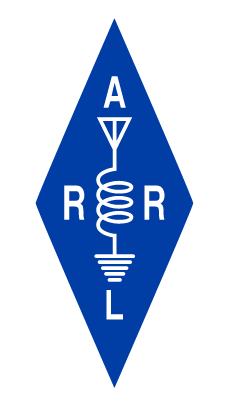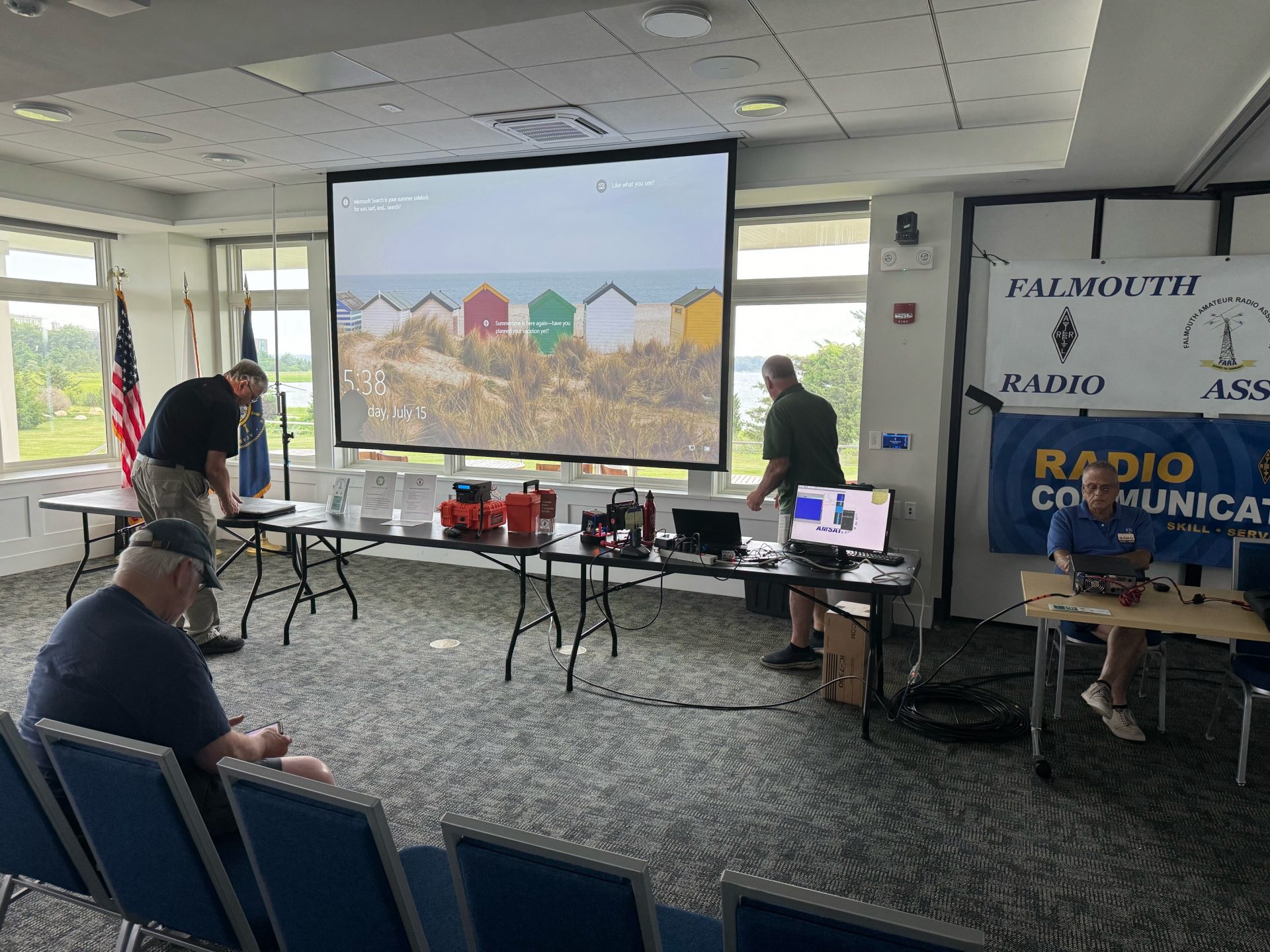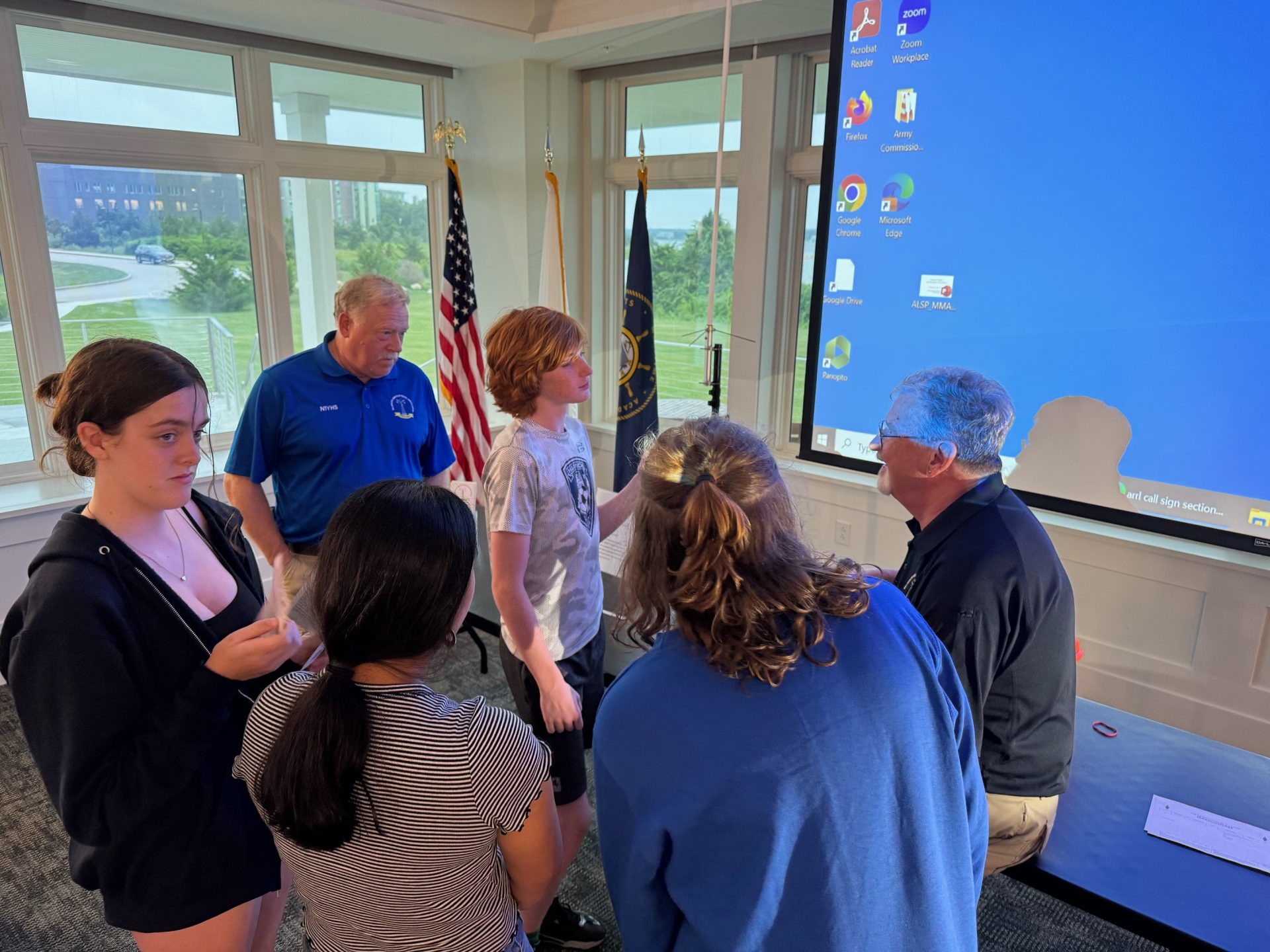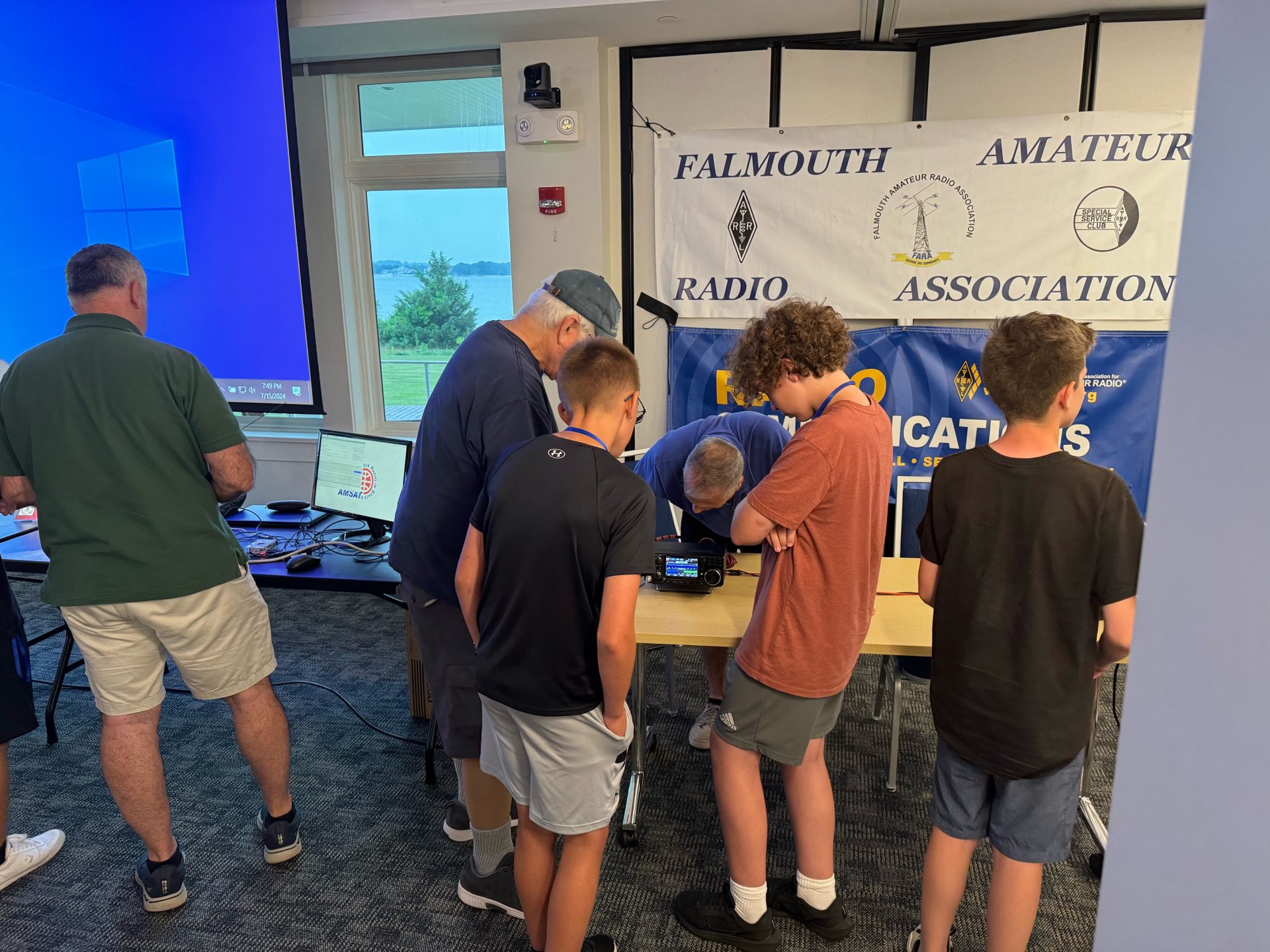The Barnstable Amateur Radio Club (BARC) activated Chatham Light the weekend of August 9 and 10 using three operating positions, 1-VHF and 2-HF, for 8 hours both days. Setting up on the grounds of Coast Guard STACHATHAM adjacent to the heavily travelled walkway in front of the station, operators greeted the public and explained how amateurs have an annual lighthouse event, both in the USA and worldwide, where hams at lighthouses exchange greetings on the radio. BARC had two HF antennas, a triband beam on a tower trailer and an R-7 vertical so 10, 15, 20 and 40 meters were operational though a Coronal Mass Ejection arriving the day before made band conditions very challenging. In spite of that, about 100 phone contacts were logged, almost all on 20 meters. The weather was perfect both days with bright sunshine, cool temperatures and only a light wind.
Chatham Light is an operating lighthouse on the grounds of STACHATHAM, a Coast Guard station serving the Chatham fishing industry and public recreational boating in often dangerous waters off the Cape Cod coast. A second lighthouse was originally paired with it at Chatham but was subsequently moved to another Cape Cod location.
Club participation was excellent, including several recently licensed operators and the event also served as a test platform for dealing with some interference issues observed during Field Day. This year was the third year the club activated Chatham Light in August.




